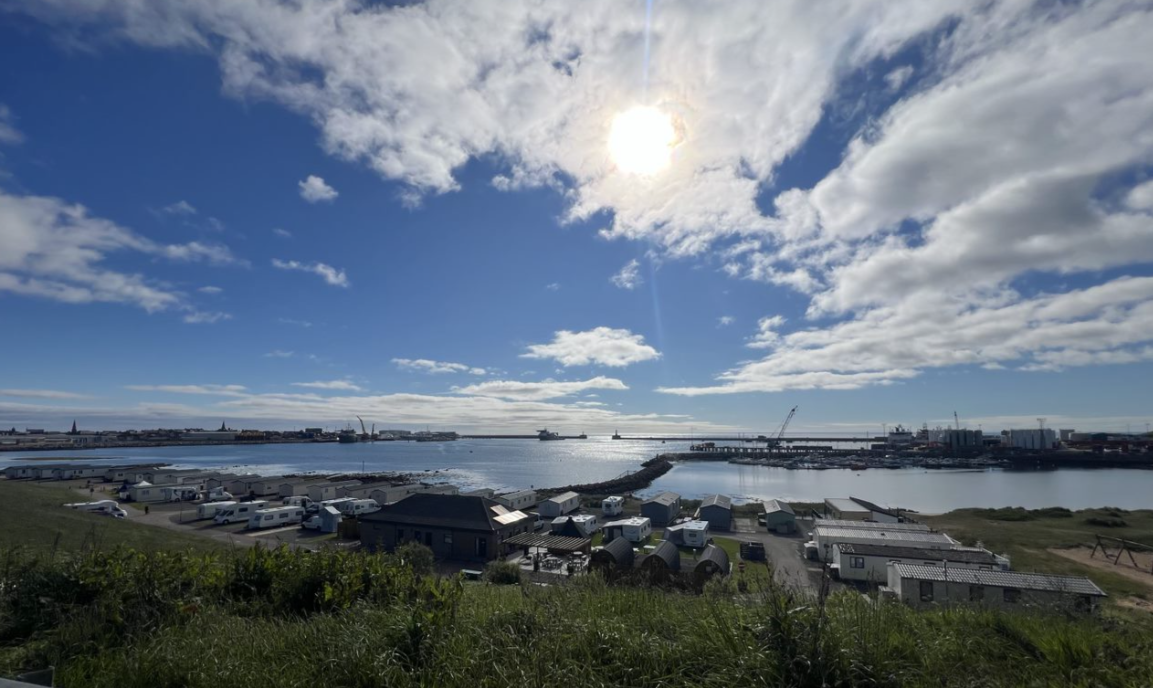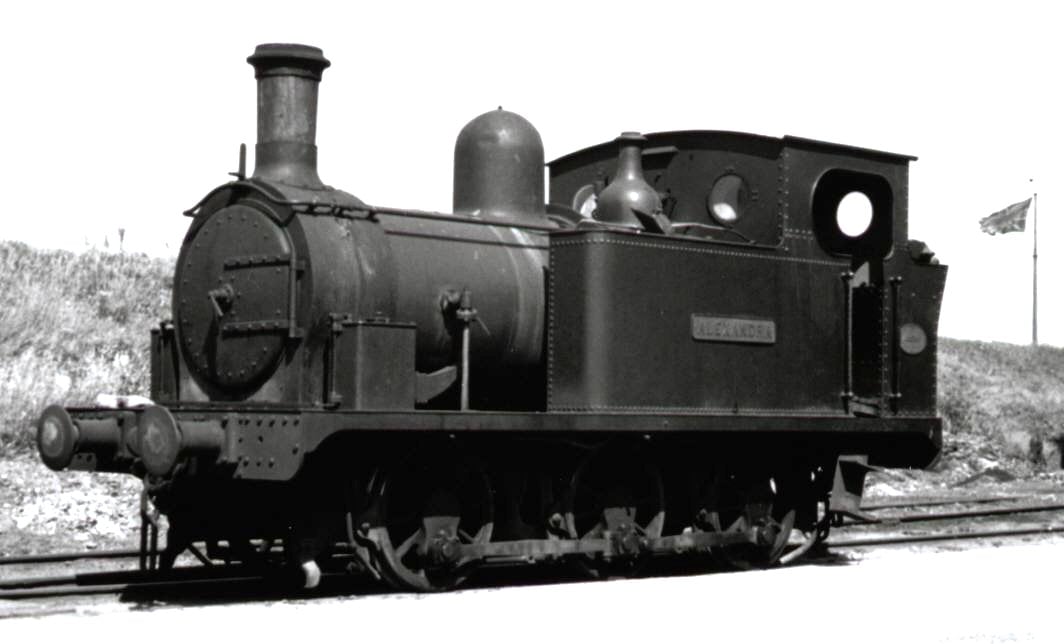⛓ Join us for a Guided Tour led by a former Prison Officer and explore our rich history! 📚 Book Now
Peterhead Convict Prison opened its doors on the 14th of August 1888 to support the building of the "Harbour of Refuge". The harbour was created following an act of Parliament after recognising that a large volume of ships were being lost off the coast during gales.

It sat adjacent to the original Admiralty Yard, now the location of the new HMP & YOI Grampian. The naval base was a strategic location for the Royal Navy as it was the most North Easterly point of mainland Britain.
Due to the high cost of the build, it was decided to open Scotland’s only “Convict” prison. Convicts would have been sentenced to penal servitude, more commonly known as hard labour.
This meant that convicts were transported daily by train to a granite quarry 2.5 miles south of Peterhead and were tasked to break huge granite boulders by hand. The smaller stones were then transported back to the Admiralty Yard, where they were encased in concrete blocks and the building work commenced.

Work began in 1890, with the last block laid on the 26th of September 1956. Delays in the building works were caused by the 2 World Wars and the Great Depression. Contrary to popular belief, the convicts did not build the harbour; they were only used for the hard labour in the quarry. The train that transported convicts and staff was the first “state-owned passenger carrying railway in Britain”.
In the following years, Peterhead Prison became Scotland’s high-security prison and was often referred to as “Scotland’s Alcatraz” or “Scotland’s Gulag”. Peterhead Prison closed its doors for the last time in December 2013.
Like other prisons during the 1980’s, it saw several riots, including the most infamous riot in 1987. This was a four-day rooftop siege, where an officer was held hostage. It ended in the early hours of the fifth morning by the intervention of the Special Air Service (SAS).